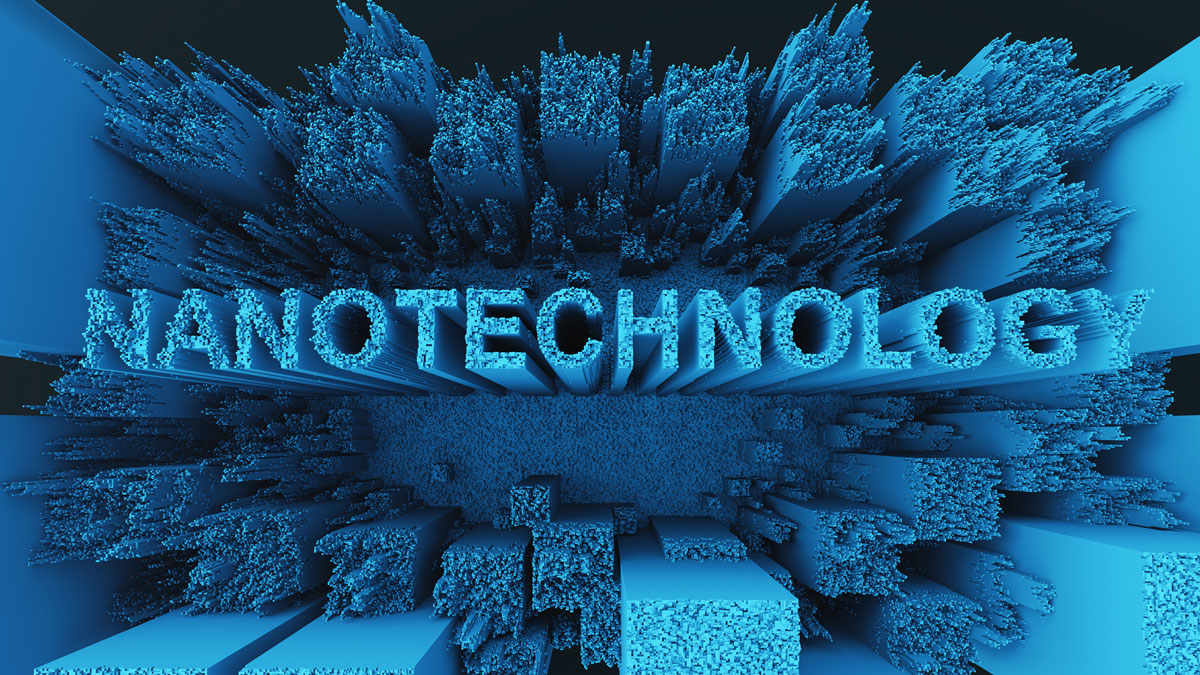Category: NTC News
Get the latest updates from NTC News – featuring council announcements, member highlights, and key developments across the global nanotechnology community.
Date: 5-8 July Venue: Nanjing, China Important Dates: Special Session Proposal Submission: Jan. 15, 2026 Special Session Proposal Decisions: Feb 1, 2026 Full Paper Submission: Mar 1, 2026 Full Paper Decisions: Apr 10, 2026 Abstract Only Submission: Apr 10, 2026 Abstract Only Decisions: May 1, 2026 Organizing Committee: General Chair: Xinran Wang Program Chair: Weiqiang Liu Program Co-chair: Li Tao Program Co-chair: Kremena Makasheva [...]
Are you passionate about promoting diversity, equity, and inclusion in nanotechnology? The IEEE Women in Nanotechnology (WIN) Committee is seeking enthusiastic and committed members to serve as Regional Coordinators for Regions 1, 2 and 6, covering Northeastern, Mid-Atlantic and Western US. These regions represent the core of IEEE’s global activity, and your leadership can help amplify our mission, build stronger local networks, and create meaningful impact across academia and industry. [...]
Pioneer Award The Pioneer Award recognizes individuals who have had a significant impact on the field of nanotechnology by virtue of initiating new areas of research, development or engineering. Yu Sun University of Toronto, Canada Email: Proposed Award Citation: For pioneering contributions to robotic nanomanipulation and cell surgery. Distinguished Service Award The Distinguished Service Award is to recognize an individual who has performed outstanding service for the benefit [...]
The IEEE Nanotechnology Council (NTC) elected new officers at its Annual Administrative Committee Meeting held in Washington DC, on July 13, 2025. Representatives of the twenty-two IEEE Societies who are Council members gather annually to conduct Council business and elect officers. The positions up for election were: VP-elect for Conferences and VP-elect for Finances (3 years, elect 2026; VP 2027-2028), and Member-at-Large (MAL) (up to 3) (2026-2027). Antonio Di Bartolomeo, [...]
The IEEE Nanotechnology Council (NTC) is proud to launch the NTC Young Professionals (YPs) Ambassadors Program, a new initiative designed to foster knowledge-sharing, professional development, and global collaboration in the field of nanotechnology. This program brings together a group of exceptional young professionals who will serve as NTC YPs Ambassadors, offering technical and non-technical talks to the NTC community. Meet the 2024 NTC YPs Ambassadors: Huamin Li (University at [...]





